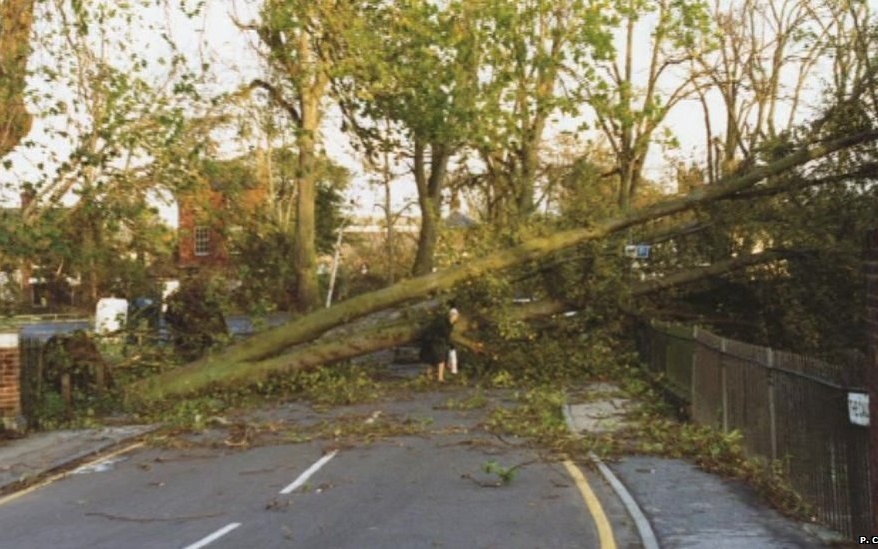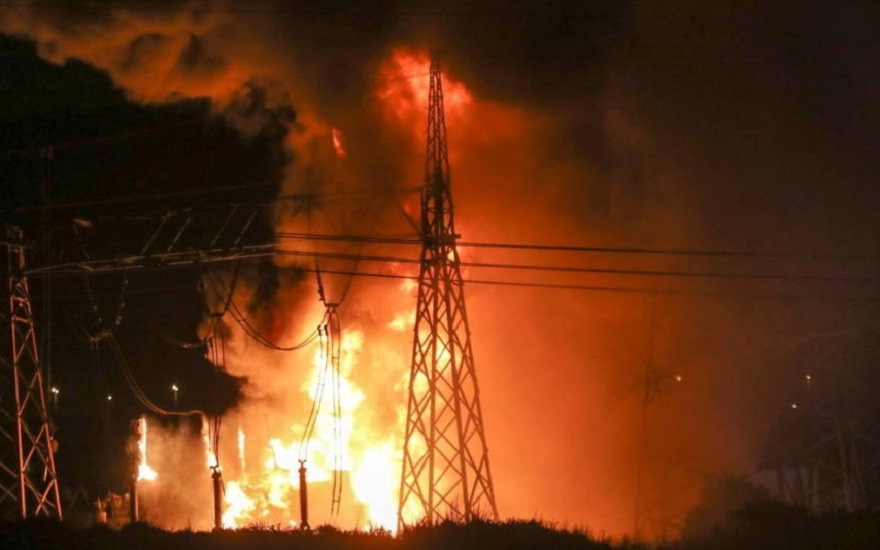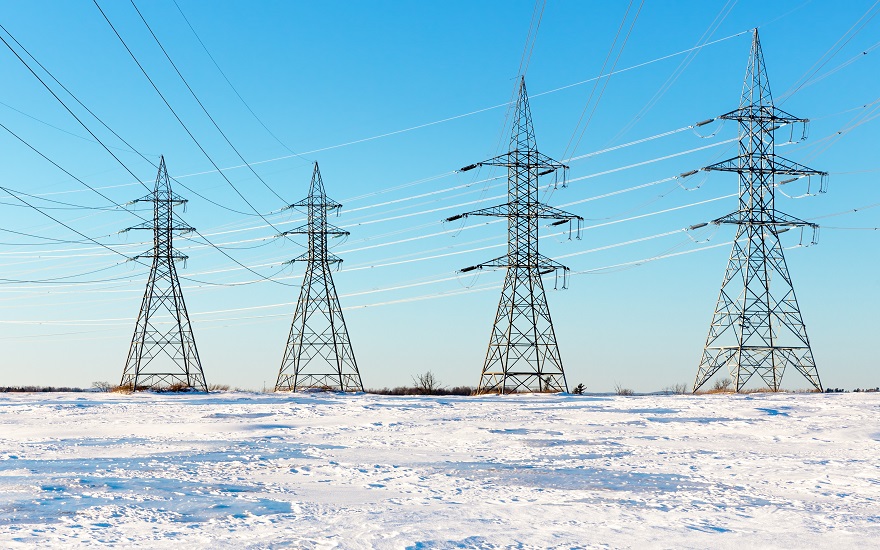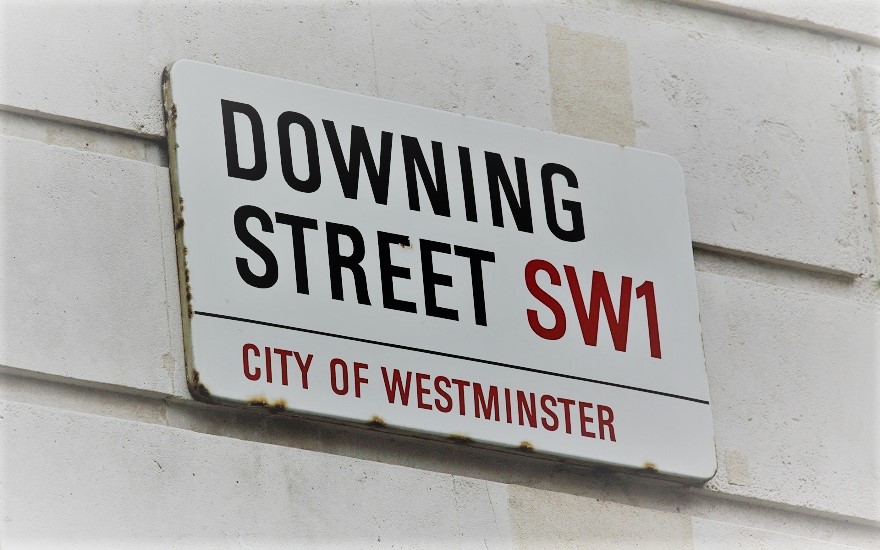October 1987 saw the biggest storm to hit southern parts of the UK in almost 300 years kill 18 people, cause billions of pounds of damage and leave hundreds of thousands of homes without power.
The severe weather during the early hours of 16 October 1987 saw gusts of wind touching 120 mph hit the south of England and northern France. Even inland windspeeds topped 90 mph, leaving a trail of devastation and destruction.
But it wasn’t supposed to be that bad… Or was it?
On the day before the storm struck, weather forecaster Michael Fish refuted claims that a hurricane was on the way. Technically he was correct. It wasn’t actually a hurricane!
A hurricane is a storm needing a tropical environment and sea surface temperatures of at least 27oC to develop.
While the strength of wind was of the equivalent force, the necessary tropical conditions aren’t present around the shores of the British Isles.
Fish and the Met Office had predicted severe weather was on the way in the four or five days running up to the storm, focusing more on heavy rainfall rather than strong winds.
Indeed, on the afternoon of 15 October winds over most of the UK were light. However, a depression was starting to develop over the Bay of Biscay, which grew in strength and moved north-eastwards across the English Channel.
By the evening, the Met Office had issued advance warnings of approaching strong winds to several agencies and authorities such as the London Fire Brigade and the Ministry of Defence.
The latter were warned that the military might be needed to help the clean-up operation following the storm.
In The Eye Of A Storm
Most of England and Wales experienced wet and windy weather, but the south and east of England bore the brunt of the worst storm to strike the region since 1703.
In France, Brittany and Normandy were the areas most affected.
Shoreham in West Sussex recorded the highest UK gust of 115 mph at approximately 3:10 am.
Even this didn’t approach the staggering 137 mph and 134 mph blasts posted in France at Quimper and Granville respectively just after midnight.
Winds topped 90 mph well inland, with the London Weather Centre recording gales of up to 94 mph and Gatwick Airport reaching 98 mph.
Impact Of The Great Storm
The ferocious winds damaged buildings across the country, while 15 million trees (4 million m3) were blown over, knocking out power lines and blocking the roads and railways.
In the UK, 18 people died. Four more were killed in France. Many were injured, mainly as a result of falling trees, buildings and debris.
It is thought the death toll would have been much higher had the storm struck during daylight when more people would have been outside.
The insurance industry paid out £2 billion in damages in the weeks and months after the storm. This means it’s the second most expensive UK weather event on record to insurers, topped only by the Burns’ Day Storm in 1990.
Hundreds of thousands of homes were left without electricity. It took almost a fortnight to fully restore some supplies.
National Grid’s network sustained major damage during the storm, with cables short-circuiting as they crashed to the ground, causing the rest of the system to overheat.
Grid managers took the decision to shut down power systems across the south east of England and London to maintain the rest of the network and save it from a Black Start.
This was the first time since World War II it had been forced to make such a call.
While in France, 1.79 million homes were without electricity and water. Estimates calculated the total damage at 23 billion Francs.
Forecasting The Future
Following fierce outside criticism for supposedly failing to predict the storm, the Met Office launched a rigorous enquiry into its processes.
The findings led to several improvements to the scope and quality of weather observations.
Computer models used in forecasting were refined, while more measurements from ships, aircraft, buoys and satellites were factored into the service’s calculations.




